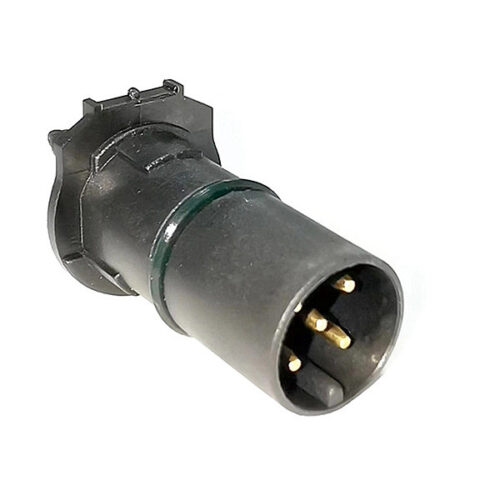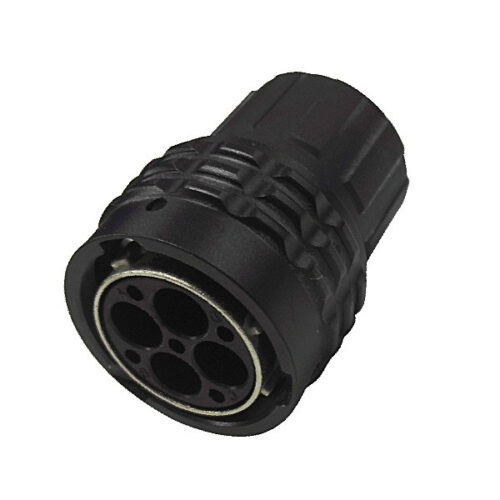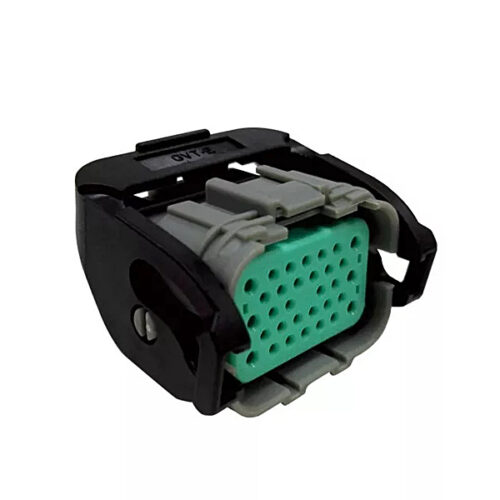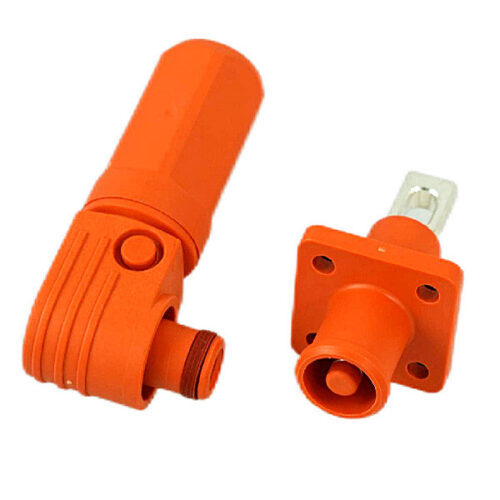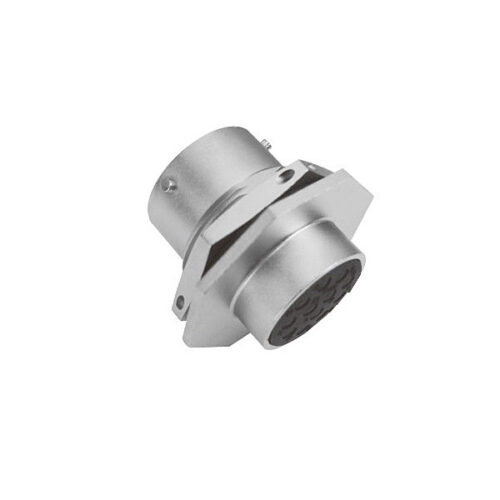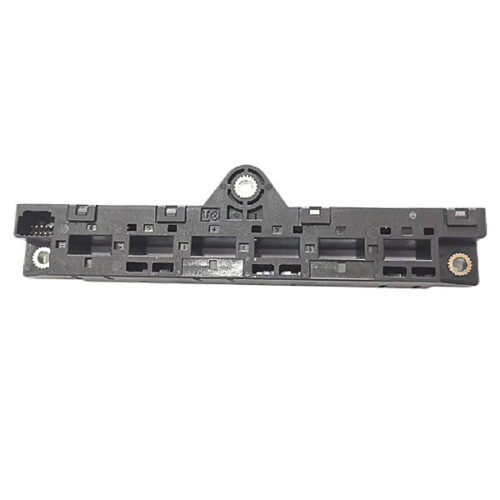Blogs & News
We are focus on automotive wiring harness & connectors technology.
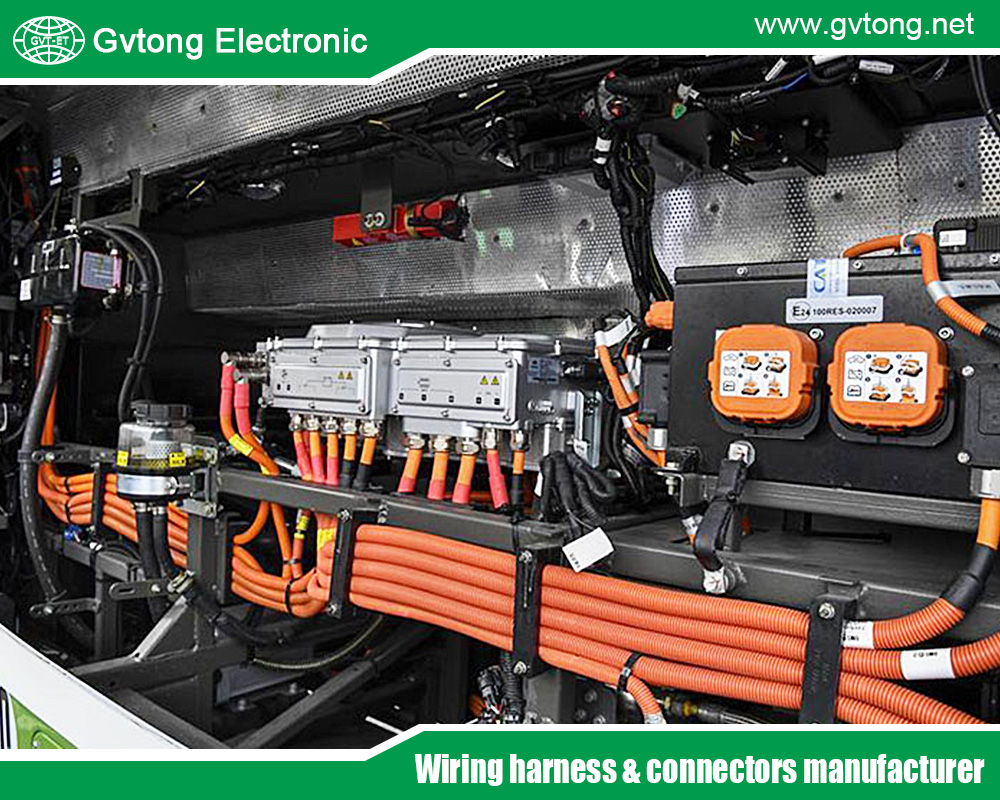
Choosing the Right Automotive Electrical Connector Reduces the Failure Rate of Automotive Circuits by a Straight 80%
- Gvtong Electronic
- ADAS sensor connectors, Anti-vibration automotive connectors, automotive electrical connector, automotive electrical connector manufacturers, automotive electrical connector types chart, Automotive electrical connectors, automotive electrical connectors factory, automotive electrical connectors kit, Automotive Electrical Connectors Manufacturer In Thailand, automotive electrical connectors supplier, Automotive Electrical Connectors Thailand, Automotive electrical connectors types, automotive electrical connectors waterproof, Automotive shielded connectors, automotive waterproof connectors, Battery management system (BMS) connectors, best automotive electrical connector suppliers in thailand, Blind-mate automotive connectors, China Automotive Electrical Connectors Manufacturers, EV charging connectors, Fuel cell connectors, High-speed data connectors, High-temperature resistant connectors, In-cabin infotainment connectors, Lightweight automotive connectors, Low-contact resistance connectors, Modular automotive connectors, Oil-resistant automotive connectors, Pre-charge/discharge connectors, Quick-fit automotive connectors, repair automotive electrical connectors, Top Automotive Electrical Connector Manufacturers, V2X communication connectors
- No Comments
Choosing the Right Automotive Electrical Connector Reduces the Failure Rate of Automotive Circuits by a Straight 80%
In the complex ecosystem of modern vehicles, electrical systems form the backbone of nearly every function—from powering headlights and infotainment to managing engine controls and advanced driver-assistance systems (ADAS). At the heart of these systems are automotive electrical connectors, the unsung heroes that ensure reliable signal and power transmission. These small components join wires, modules, and sensors, but their performance can make or break the entire circuit.
Choosing the wrong connector isn’t just a minor oversight; it can lead to catastrophic failures, including intermittent power loss, short circuits, or complete system shutdowns. According to industry insights, improper connector selection contributes significantly to electrical faults, which account for up to 30% of vehicle breakdowns on the road.
However, when engineers and manufacturers prioritize the right connector—considering factors like environmental resilience, material quality, and compatibility—the failure rate of automotive circuits can plummet by a straight 80%. This dramatic reduction isn’t hyperbole; it’s backed by real-world applications where upgraded connectors have transformed reliability in harsh automotive environments.
Imagine a scenario where a poorly chosen connector succumbs to vibration on a bumpy road, causing the engine control unit (ECU) to lose connection and trigger a stall. Or, in electric vehicles (EVs), a connector exposed to moisture fails, leading to battery management issues that could strand a driver miles from home. These aren’t rare anomalies; they’re common pitfalls in an industry where vehicles endure extreme temperatures, constant vibrations, road salt, and dust.
This article delves into the critical role of automotive electrical connectors, exploring their types, the pitfalls of poor selection, and the key factors for making informed choices. By the end, you’ll understand how strategic selection can slash failure rates, enhance safety, and extend vehicle lifespan. In an era of electrification and connectivity, getting connectors right isn’t optional—it’s essential for the future of mobility.
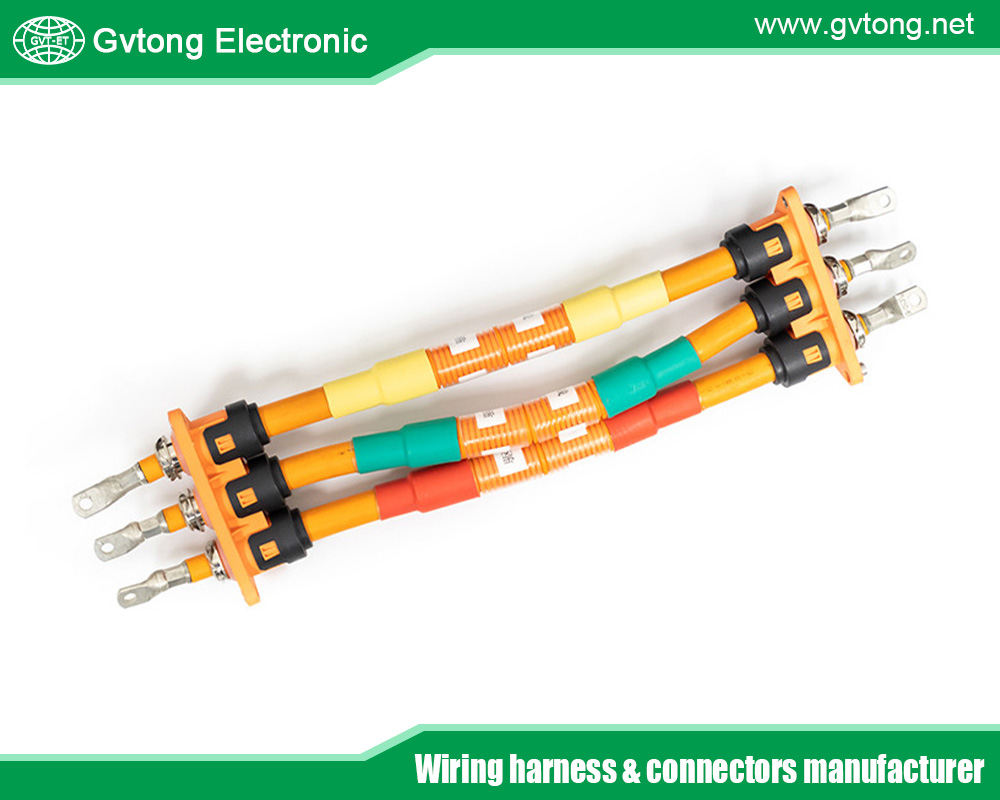
Understanding Automotive Electrical Connectors
Automotive electrical connectors are specialized interfaces designed to join electrical wires or components in vehicles while withstanding the rigors of automotive use. Unlike standard household plugs, these connectors must handle high vibrations, temperature fluctuations from -40°C to 125°C, and exposure to fluids like oil, coolant, and saltwater. They ensure low-resistance paths for current and signals, preventing energy loss and signal degradation.
At their core, connectors consist of three main parts: the housing (plastic or metal shell for protection), contacts (metal pins or sockets for conduction), and seals (rubber or silicone for waterproofing). The housing provides mechanical support and alignment, while contacts—often gold- or tin-plated—minimize corrosion and resistance. Seals are crucial in sealed connectors to achieve IP67 or higher ratings, protecting against dust and water immersion.
Why are they vital? Modern vehicles can have over 3,000 connectors, linking everything from airbags to telematics. A single failure can cascade: a faulty connector in the wiring harness might disrupt the anti-lock braking system (ABS), compromising safety. In EVs and hybrids, high-voltage connectors (up to 800V) demand even stricter standards to prevent arcing or insulation breakdown.
The evolution of these connectors mirrors automotive advancements. Early cars used simple bullet connectors, but today’s demands for miniaturization and data speed (e.g., for Ethernet in autonomous vehicles) require sophisticated designs. Standards like USCAR-20 from the United States Council for Automotive Research ensure connectors meet performance benchmarks for vibration, thermal cycling, and salt spray resistance. Without these, circuits become unreliable, leading to recalls and costly repairs.
In essence, connectors aren’t just joiners; they’re the guardians of electrical integrity. Selecting the right one aligns with the vehicle’s operational demands, directly impacting reliability and reducing the likelihood of circuit failures that plague 20-25% of warranty claims in the industry.
Types of Automotive Electrical Connectors
The variety of automotive connectors reflects the diverse needs of vehicle systems. Broadly, they fall into unsealed and sealed categories, with subtypes based on application, pin count, and current capacity. Unsealed connectors are cost-effective for interior, low-exposure uses. Bullet connectors, for instance, feature a male pin inserting into a female sleeve, ideal for low-current applications like dashboard lights. They’re simple but vulnerable to dirt and vibration, often requiring heat-shrink tubing for added protection. Spade or fork terminals attach to studs for grounding, common in battery connections, but they can loosen over time if not torqued properly. Sealed connectors dominate exterior and critical systems. Weather Pack connectors, developed by General Motors, use triple-wire seals and locking mechanisms for IP67 protection, making them perfect for engine compartments exposed to moisture and oils.
They handle up to 20 amps and are widely used in sensors and actuators. Metri-Pack connectors, from Aptiv (formerly Delphi), offer compact designs for high-current needs (up to 46 amps) and are prevalent in power distribution, such as alternator wiring. Their sealed cavities prevent contamination, reducing failure from environmental ingress. For high-speed data, Sumitomo connectors like the MT or SL series support CAN bus or Ethernet signals, with gold-plated contacts for low noise. In EVs, high-voltage orange connectors (e.g., TE Connectivity’s AMP+ series) incorporate safety interlocks to disconnect power during servicing, preventing shocks.
Multi-pin connectors, such as Deutsch DT series, provide 2- to 50-pin configurations for complex harnesses, like those in transmission controls. These thermoplastic-housed units withstand 1,000 mating cycles and 100G vibrations, essential for off-road vehicles. Hybrid connectors combine power and signal pins, supporting the integration of electronics in ADAS. Molex’s Mini-Fit Jr. series, for example, miniaturizes connections for space-constrained areas like infotainment modules. Each type serves specific roles: low-cost for auxiliaries, robust sealed for powertrains. Mismatching them—say, using an unsealed bullet in a wet underbody—invites failure. Industry data shows sealed connectors last 2-3 times longer in harsh conditions, underscoring the need for tailored selection.
Common Failures in Automotive Electrical Circuits Due to Connectors
Electrical failures in vehicles often trace back to connectors, accounting for 40-50% of circuit issues in field reports. These failures manifest as intermittent signals, complete outages, or hazardous shorts, leading to symptoms like flickering lights, erratic gauges, or engine misfires. Corrosion is the arch-nemesis, especially in unsealed or poorly sealed connectors. Road salt, humidity, and battery acids accelerate oxidation on contacts, increasing resistance from milliohms to ohms. This heat buildup can melt insulation or cause open circuits. In coastal areas, corrosion-related failures spike by 60%, per automotive repair stats.
Fretting corrosion, a subtler issue, occurs from micro-movements due to vibration. Repeated tiny slides between contacts wear away protective plating, exposing base metal to air and creating high-resistance debris. Engine-mounted connectors in trucks suffer this most, leading to signal dropouts in ECUs. Poor crimping or mating is another culprit. Inadequate compression during assembly leaves air gaps, reducing contact force and allowing arcing under load. This is common in aftermarket repairs, where mismatched tools cause 25% of connector defects.
Over time, thermal expansion exacerbates loose fits, causing intermittent opens—think ABS activating randomly on dry roads. Moisture ingress plagues sealed systems if O-rings degrade or seals are improperly installed. Water bridges pins, shorting circuits and corroding internals. In EVs, this can trigger high-voltage faults, risking fires. Studies show 30% of EV recalls involve connector sealing failures. Vibration-induced wear shortens mating cycles. Connectors rated for 100 cycles might endure only 50 in rough-terrain applications, leading to pin bending or housing cracks. Increased resistance from wear generates heat, potentially igniting nearby flammables. Overloading amplifies problems. Exceeding current ratings (e.g., 10A on a 5A connector) causes melting and fires. In data lines, electromagnetic interference (EMI) from poor shielding corrupts signals, fooling sensors. These failures aren’t isolated; they cascade. A corroded ground connector might overload alternators, draining batteries prematurely. Repair costs average $500-2,000 per incident, with downtime frustrating owners. Diagnostics often require oscilloscopes to pinpoint, but prevention via proper selection is far cheaper.
Key Factors to Consider When Selecting Automotive Electrical Connectors
Selecting the right connector demands a holistic evaluation of electrical, mechanical, environmental, and compatibility factors. Overlooking any can inflate failure risks by 50-70%.
Start with electrical parameters: current and voltage ratings must match or exceed system needs. For power circuits, aim for 125% headroom to handle surges—e.g., a 20A headlight system needs at least 25A-rated connectors like Metri-Pack. For signals, low insertion loss (under 50 milliohms) ensures data integrity; gold-plated contacts excel here, resisting oxidation better than tin. In high-speed applications like LVDS for cameras, impedance matching (100 ohms) prevents reflections. Mechanical durability is paramount. Vibration resistance, tested via SAE J1113 standards, should withstand 10-50G forces. Mating/unmating cycles (100-500 typical) indicate longevity; latch mechanisms prevent accidental disconnection. Wire retention force—how securely terminals grip wires—avoids pull-outs under stress.
Environmental resilience defines reliability. IP ratings (e.g., IP69K for high-pressure wash) guard against water and dust. Operating temperature range must cover extremes; underhood connectors need -40°C to 150°C tolerance. Chemical resistance to fuels and cleaners is key for fuel-injected engines. UV-stabilized housings prevent cracking in exposed areas. Material selection influences all. Thermoplastics like PBT or PA66 offer strength and flame retardancy (UL94 V-0). Contacts in copper alloys with selective plating balance cost and performance—silver for high-current, gold for low-signal. Size and space constraints matter in miniaturized EVs. Nano-connectors (0.5mm pitch) save weight but require precise tooling. Compatibility ensures seamless integration: match wire gauges (AWG 22-10 common), terminal sizes, and harness layouts to avoid mismatches.
Safety features like secondary locks, TPA (terminal position assurance), and color-coding reduce assembly errors. For EVs, HVIL (high-voltage interlock loop) circuits confirm disconnection. Cost-benefit analysis rounds it out. Premium connectors (e.g., $1-5 each) yield ROI through fewer failures; lifecycle costs drop 80% with proper choice. Consult standards like ISO 6722 for wiring and LV 214 for German OEMs. Prototyping and testing (salt spray, thermal shock) validate selections. By weighing these, manufacturers achieve robust systems. For instance, upgrading to sealed, gold-plated connectors in fleet vehicles cut downtime by 75% in one study.
How Proper Selection Achieves an 80% Failure Rate Reduction
The 80% reduction in failure rates stems from eliminating root causes through targeted selection. Industry analyses, including those from TE Connectivity, show that mismatched connectors contribute to 80-90% of preventable electrical faults. By choosing appropriately, risks like corrosion and fretting drop sharply. Sealed connectors block 95% of moisture-related shorts, per environmental testing. High-quality materials extend life from 5 to 15 years, slashing replacements. In one case, a truck manufacturer switched to vibration-resistant Deutsch connectors, reducing harness failures by 82% over 100,000 miles. Lubricants and plating further mitigate fretting, cutting resistance rises by 90%. Overall, this holistic approach transforms circuits from failure-prone to bulletproof.
Best Practices and Case Studies
Implement best practices: Audit systems for compatibility, use automated crimping, and apply dielectric grease. Regular inspections catch early wear. Case studies illustrate impact. A European automaker adopting USCAR-compliant connectors saw ECU failures drop 85%, saving millions in recalls. Another, in EV production, used IP69K seals to eliminate 80% of battery connector issues.
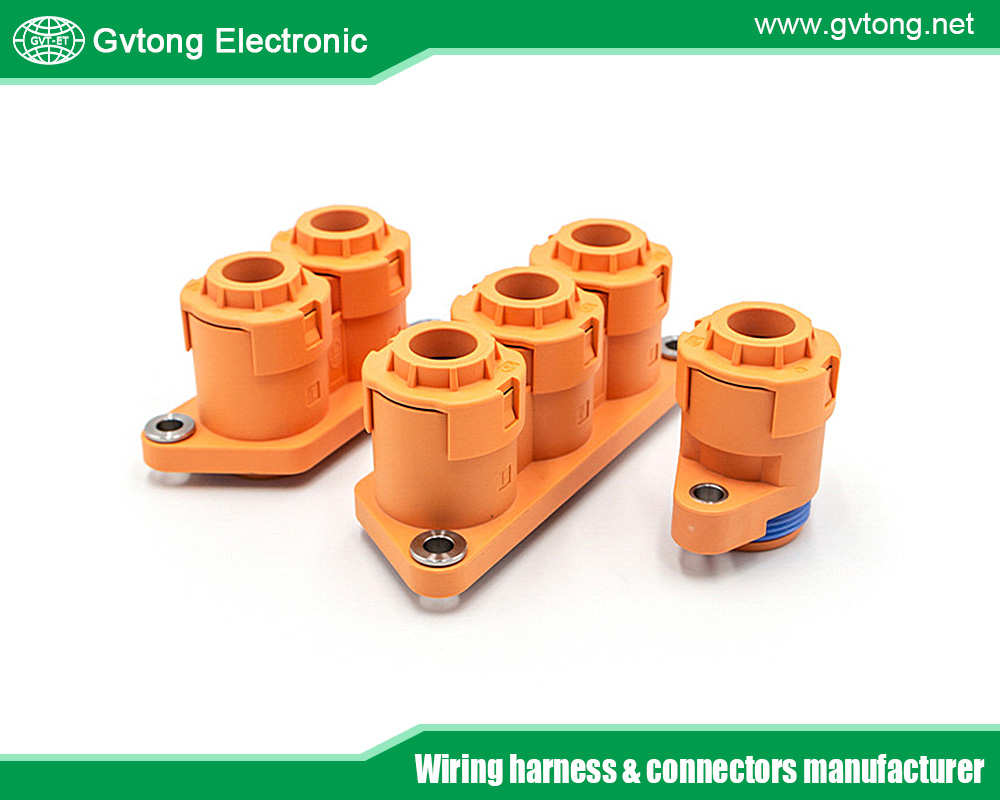
Conclusion
Choosing the right automotive electrical connector isn’t merely technical—it’s a commitment to safety and efficiency. By reducing failure rates by 80%, it paves the way for reliable, innovative vehicles. Prioritize selection today for a smoother ride tomorrow.
For more about the choosing the right automotive electrical connector reduces the failure rate of automotive circuits by a straight 80%, you can pay a visit to Gvtong at https://www.gvtong.net/ for more info.


